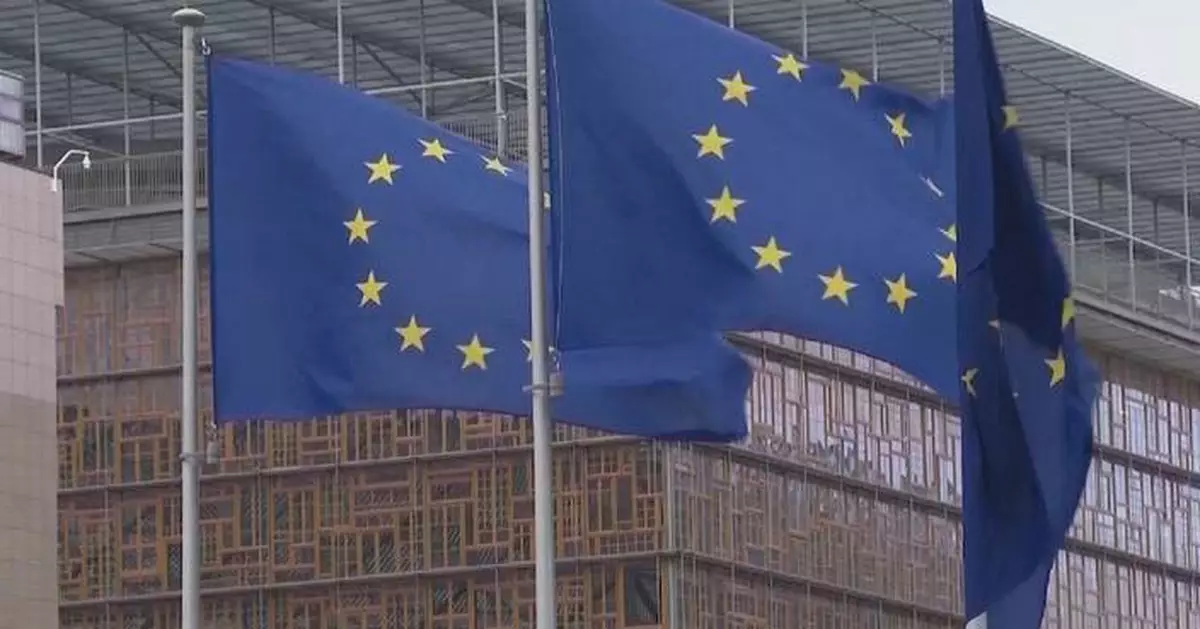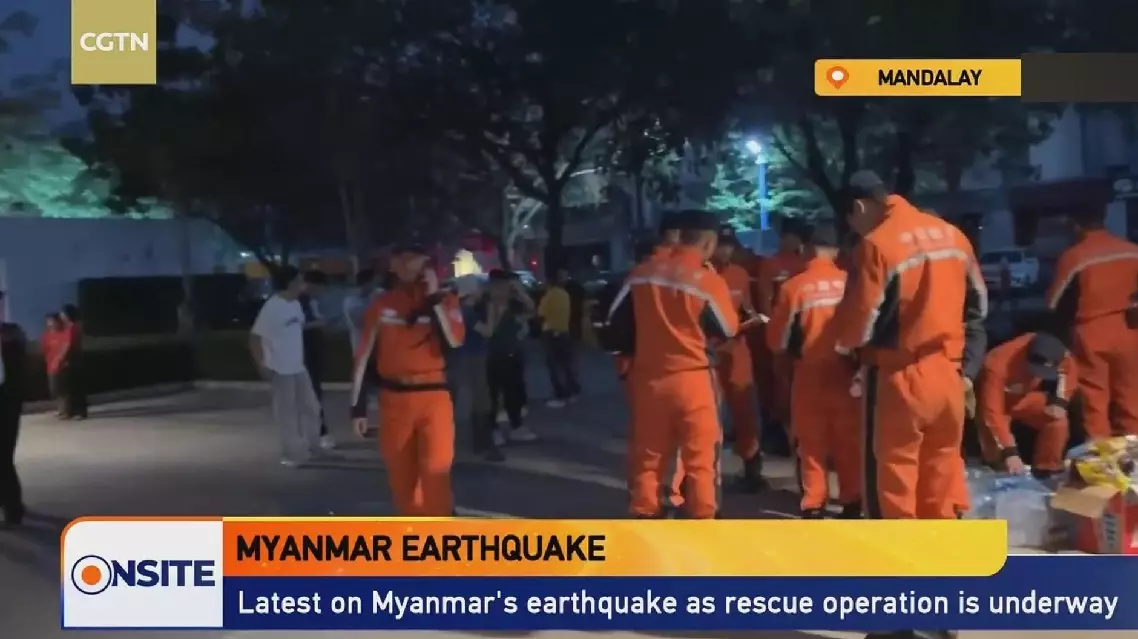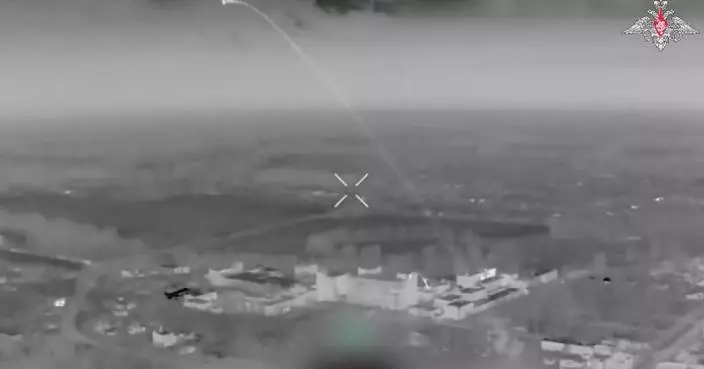The European Commission on Wednesday unveiled the Preparedness Union Strategy, aiming to help the European Union (EU) member states prevent and respond to a wide range of complex threats, from geopolitical tensions to climate-related disasters.
The strategy targets four main crisis categories: natural disasters, human-induced disasters, hybrid threats and geopolitical crises, according to a Commission press release.
It outlines 30 key actions and a detailed Action Plan to enhance the EU's ability to protect its citizens and critical societal functions.
Under the plan, citizens are encouraged to keep essential supplies on hand for at least 72 hours during emergencies. Preparedness lessons will be incorporated into school curricula, and an EU Preparedness Day will be introduced.
The EU also aims to boost civil-military cooperation through regular bloc-wide exercises and improved coordination, including the creation of an EU Crisis Hub.
To boost foresight and anticipation, the EU intends to develop a comprehensive risk and threat assessment, helping avert crises such as natural disasters or hybrid attacks. The Commission said it aims to finalize the first comprehensive EU-wide risk and threat assessment by the end of 2026.
However, Euronews quoted an unnamed senior EU official as saying that there are significant differences in the preparedness levels of different member states within the EU to implement this strategy, and that various member countries have differing interpretations of the emergency strategy.
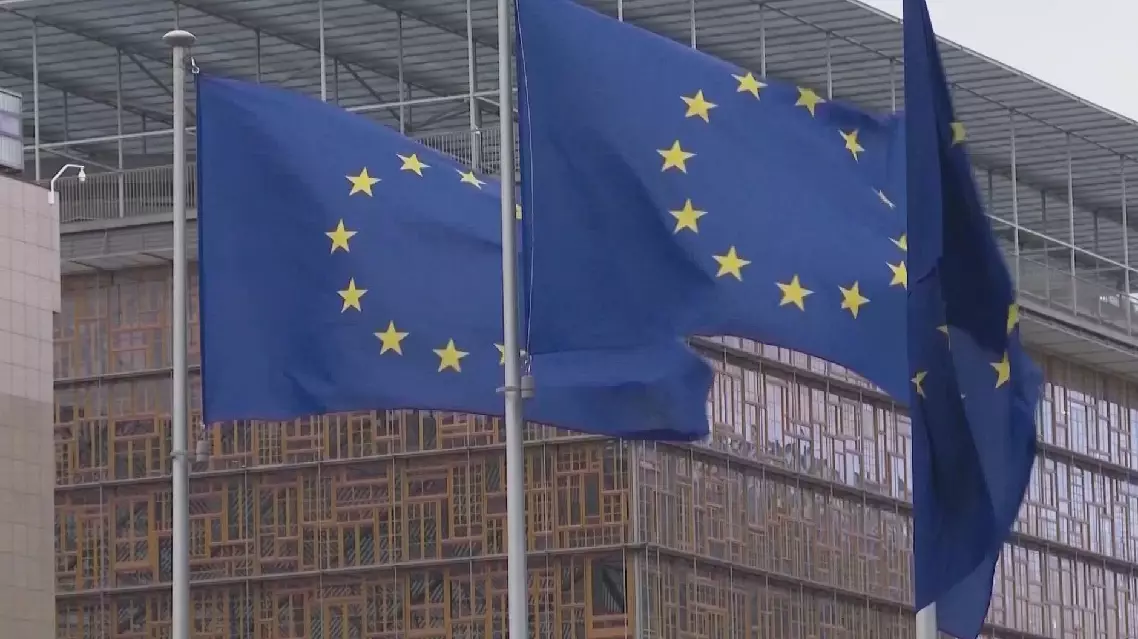
EU unveils strategy to strengthen preparedness against emerging threats
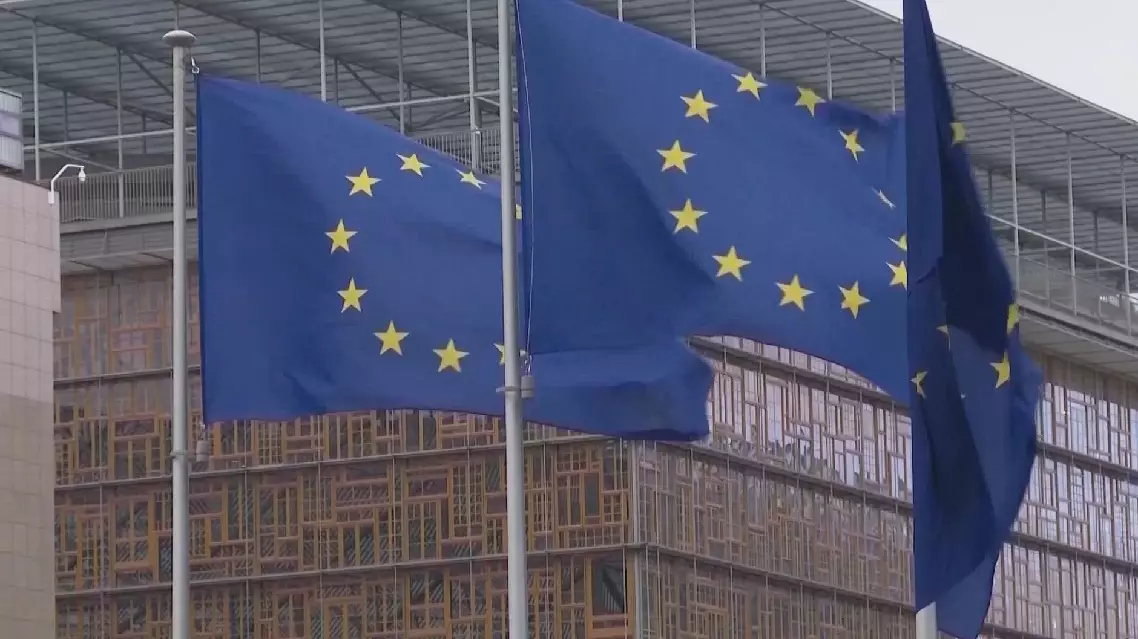
EU unveils strategy to strengthen preparedness against emerging threats
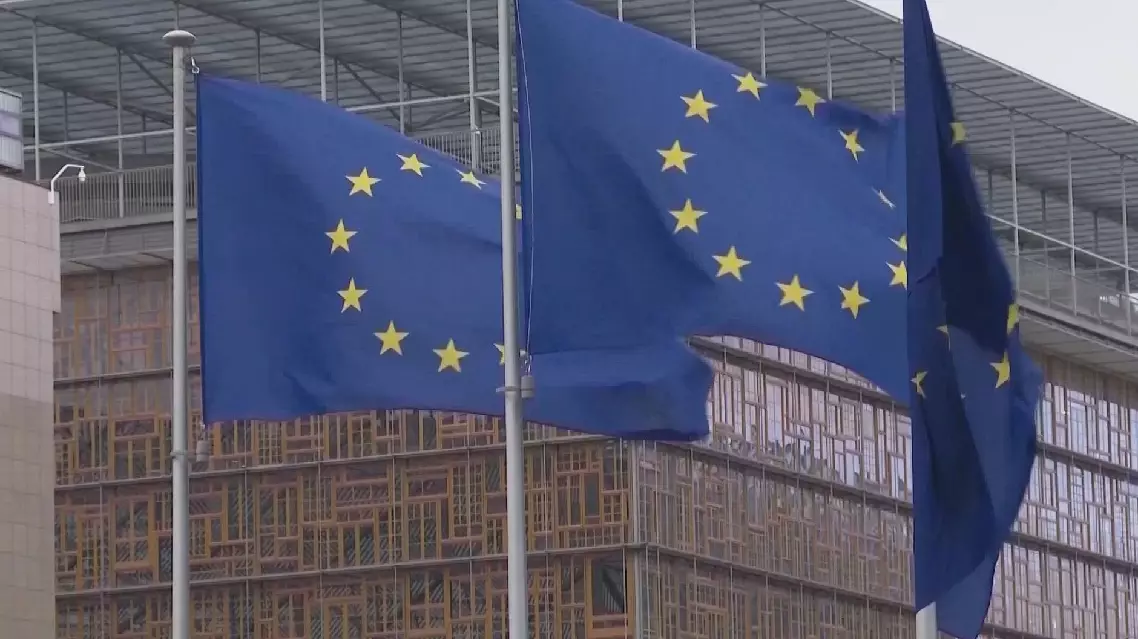
EU unveils strategy to strengthen preparedness against emerging threats


